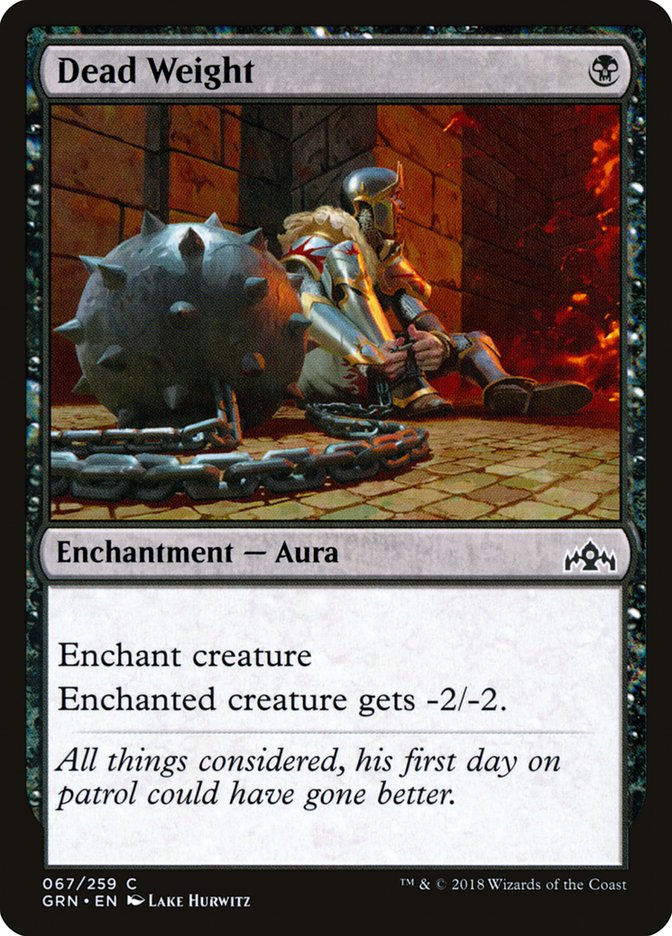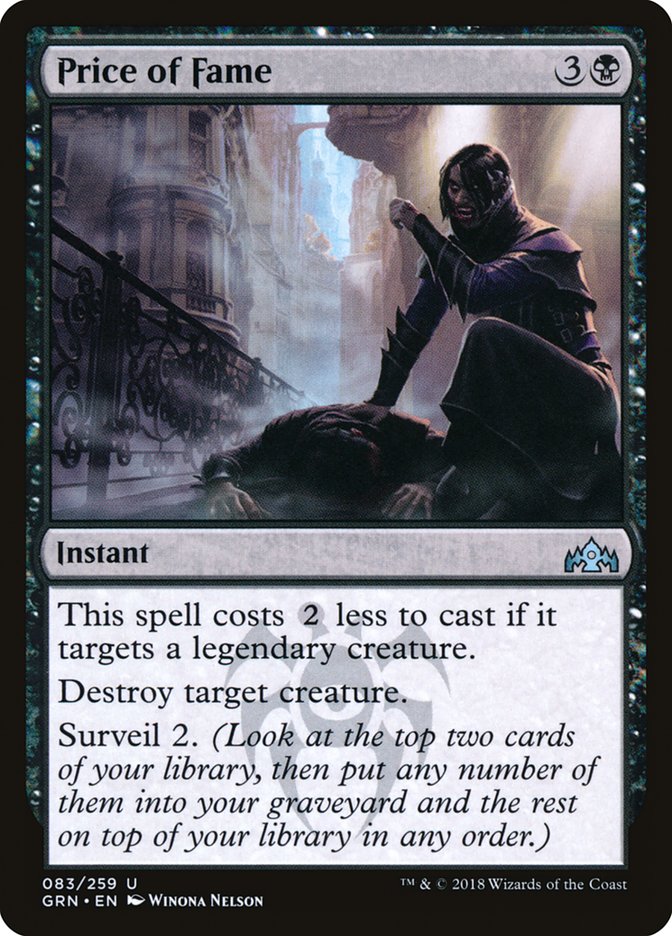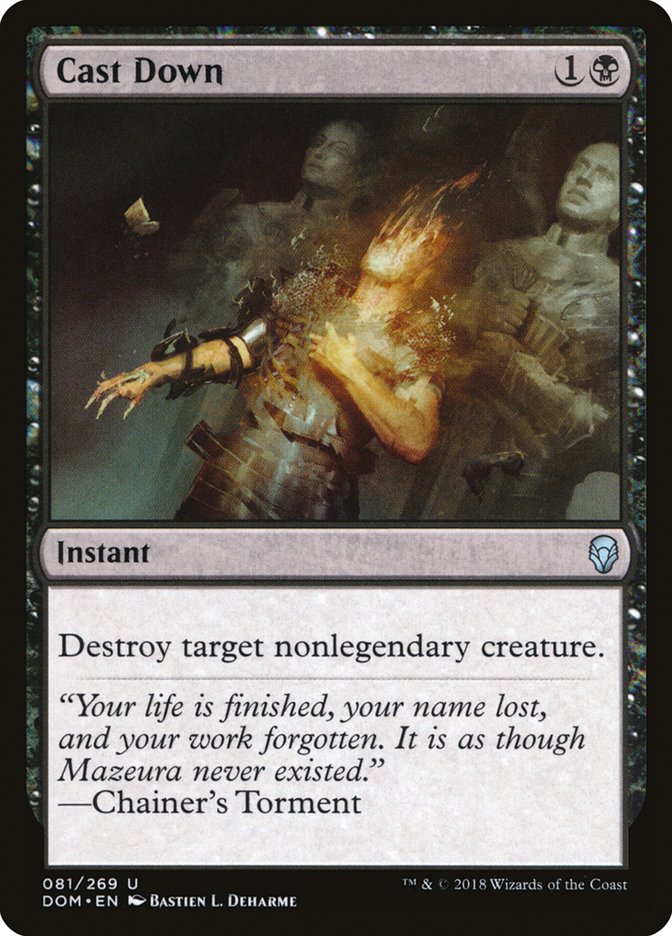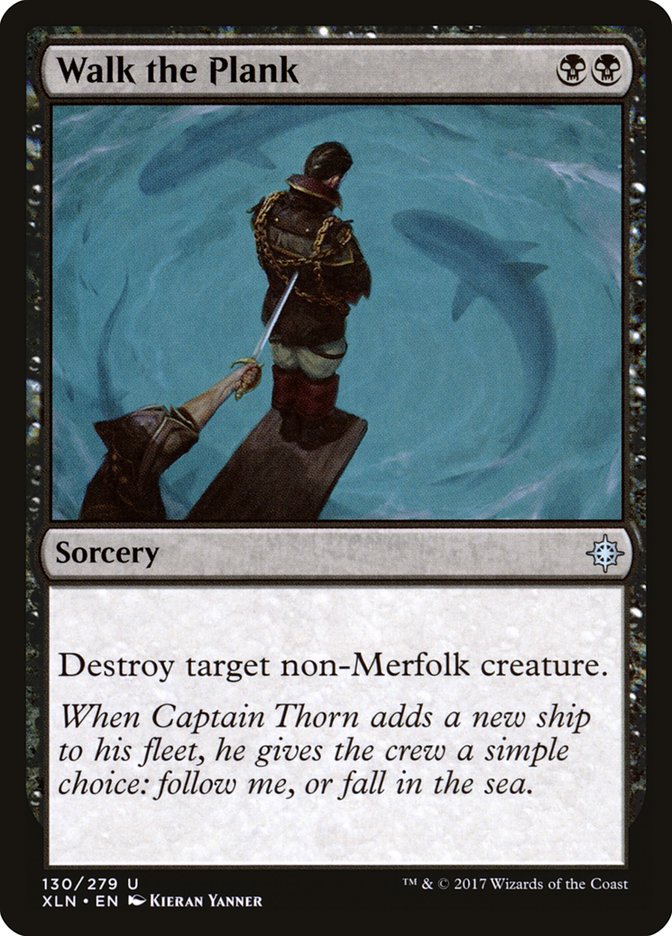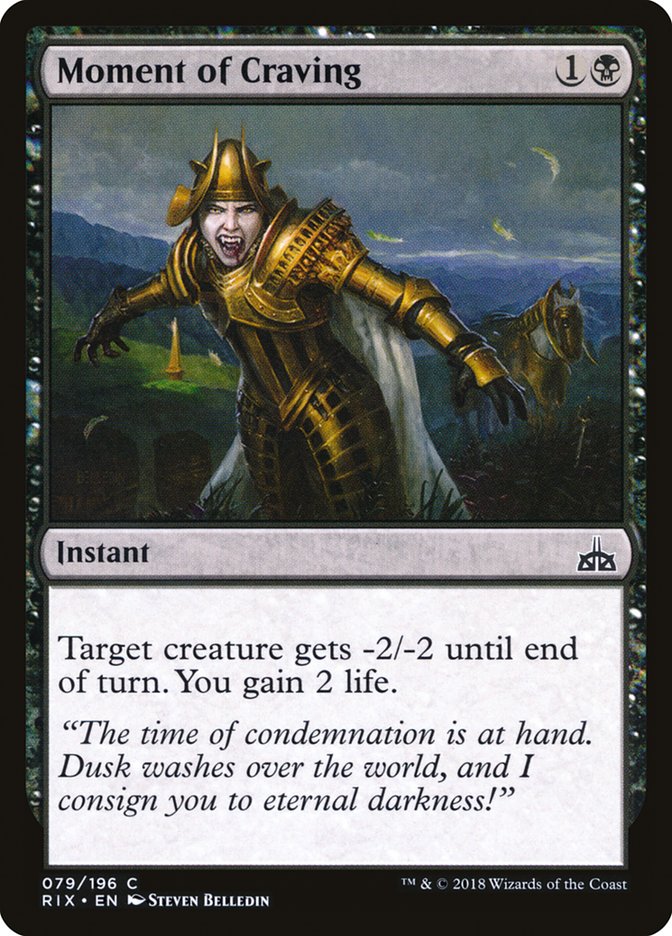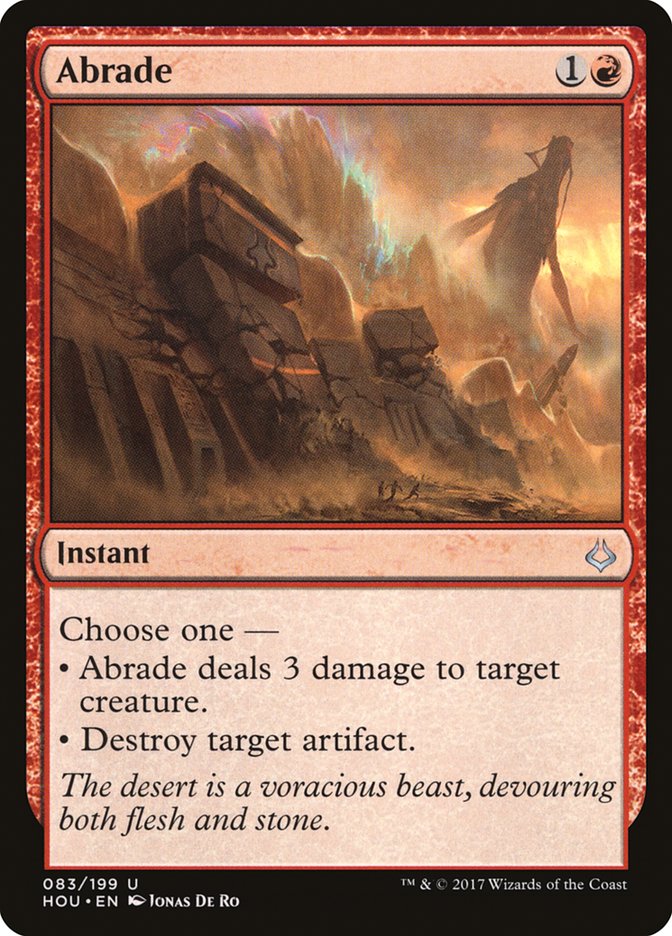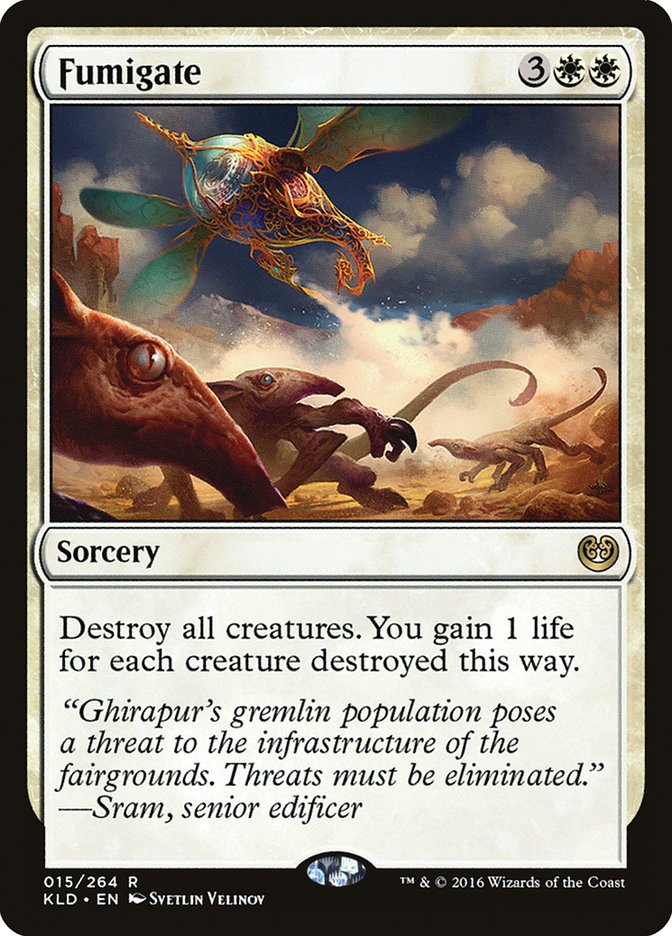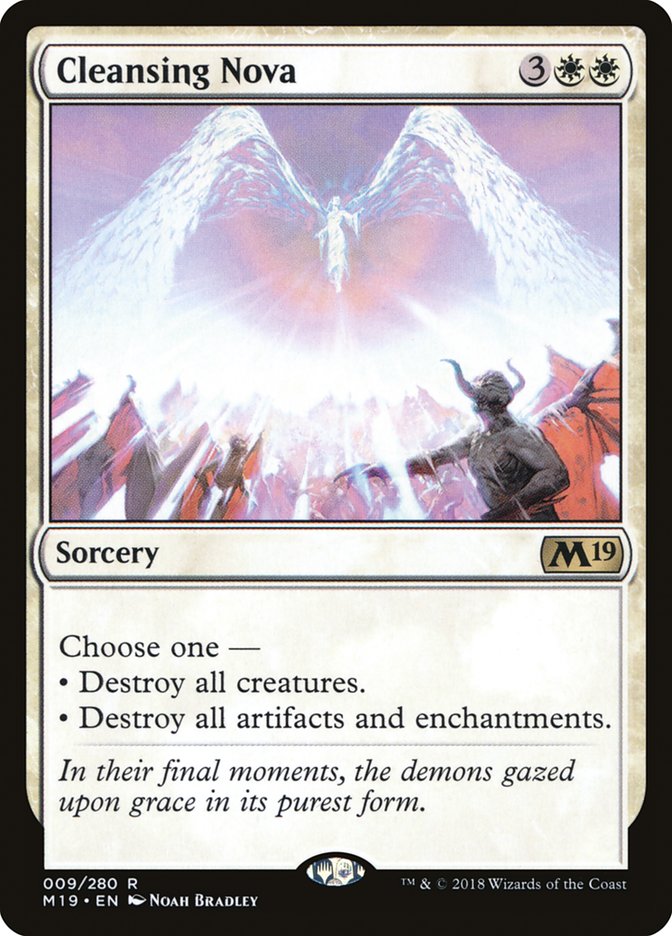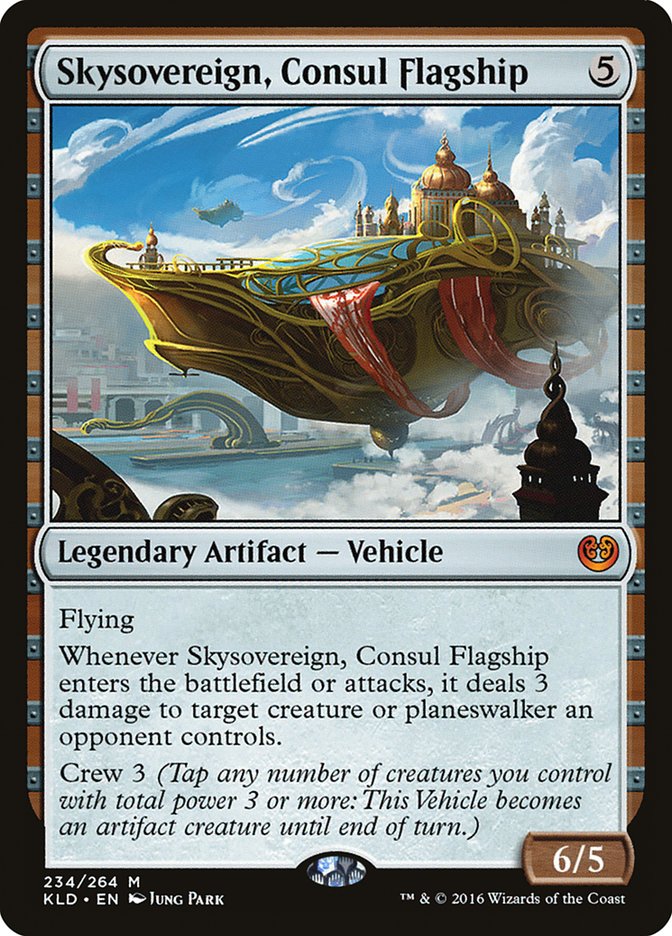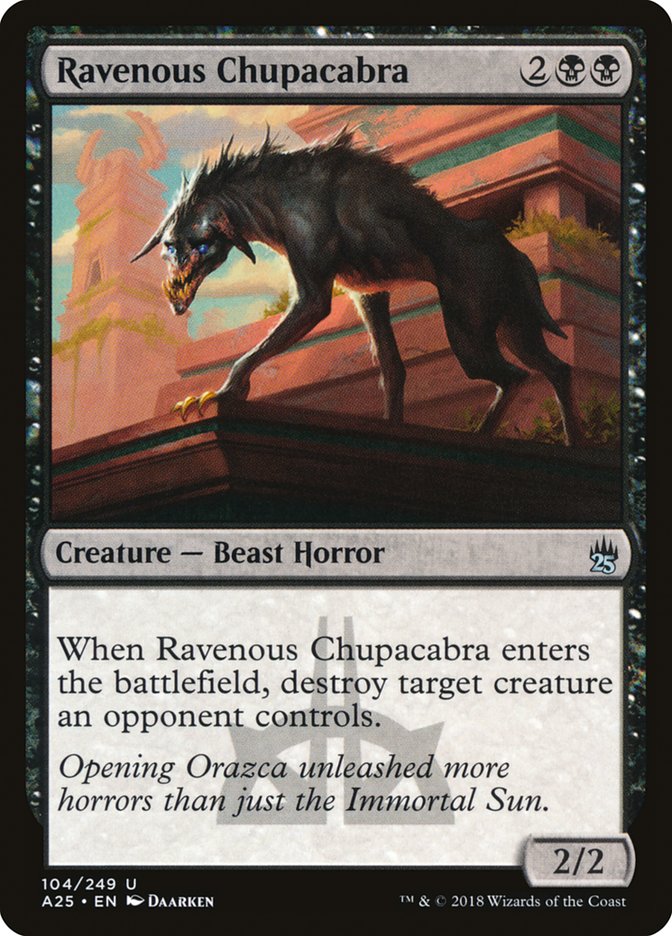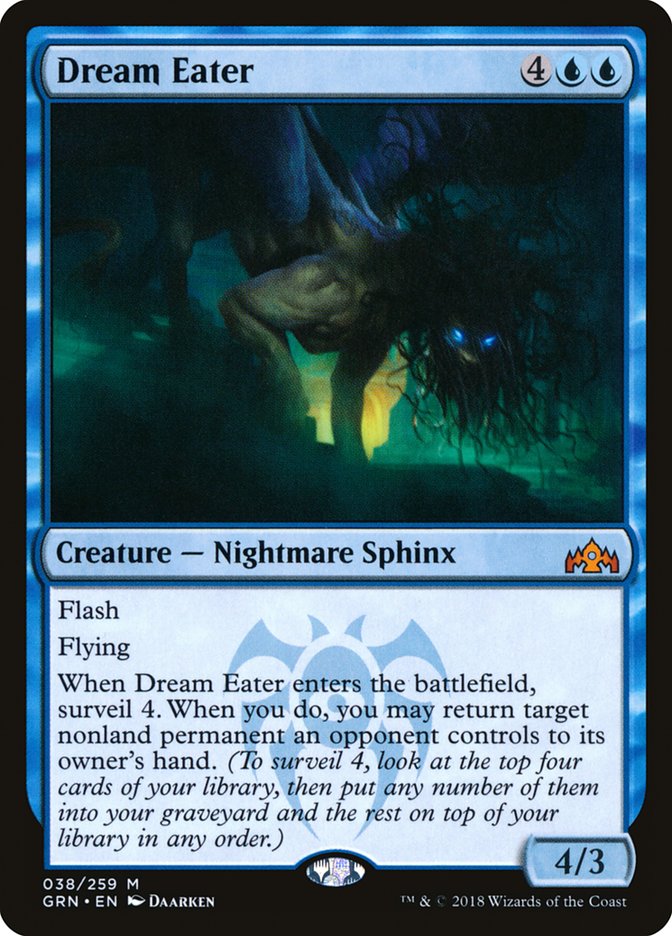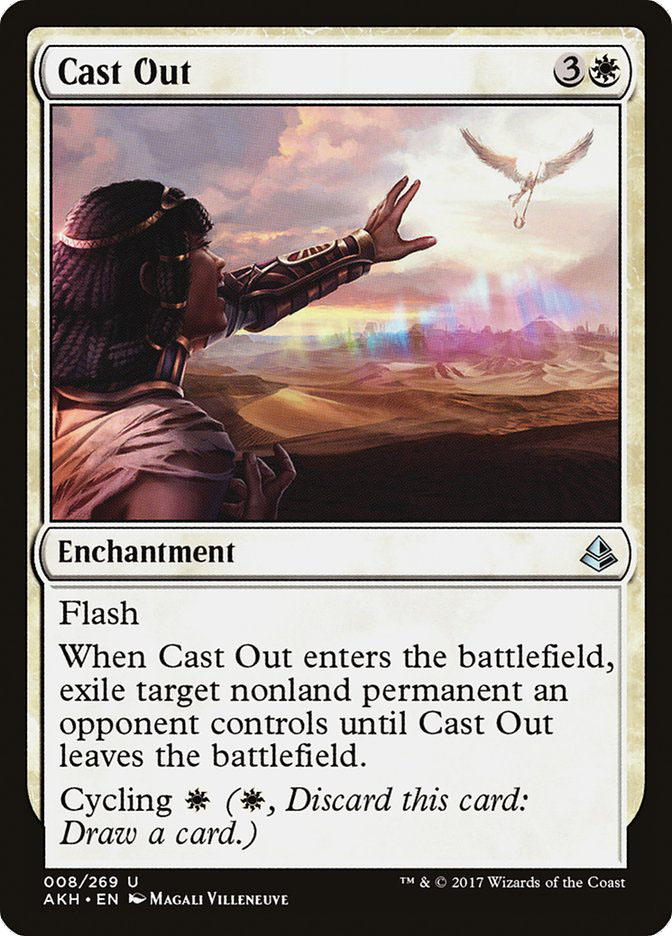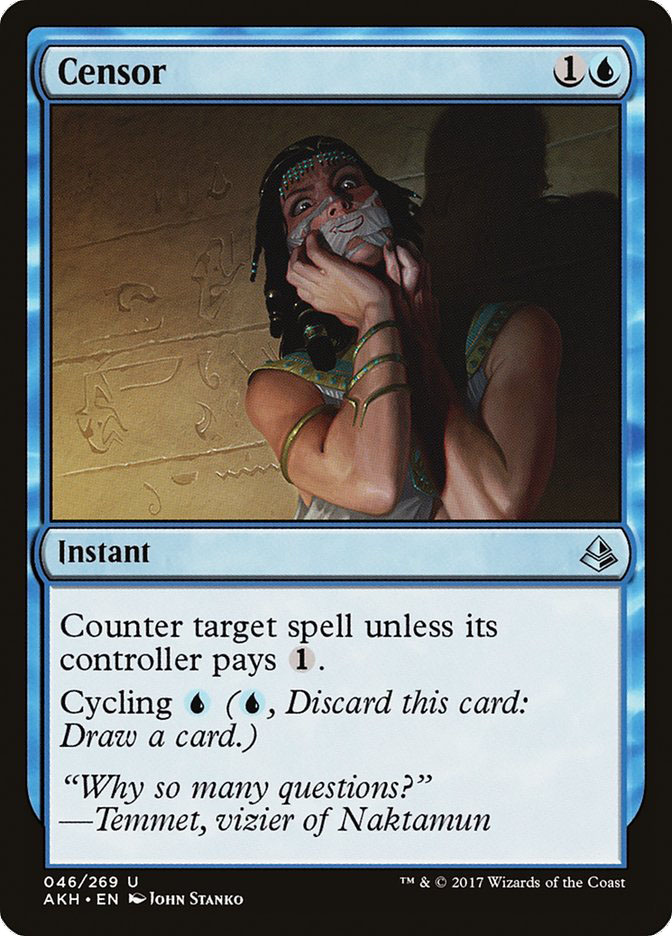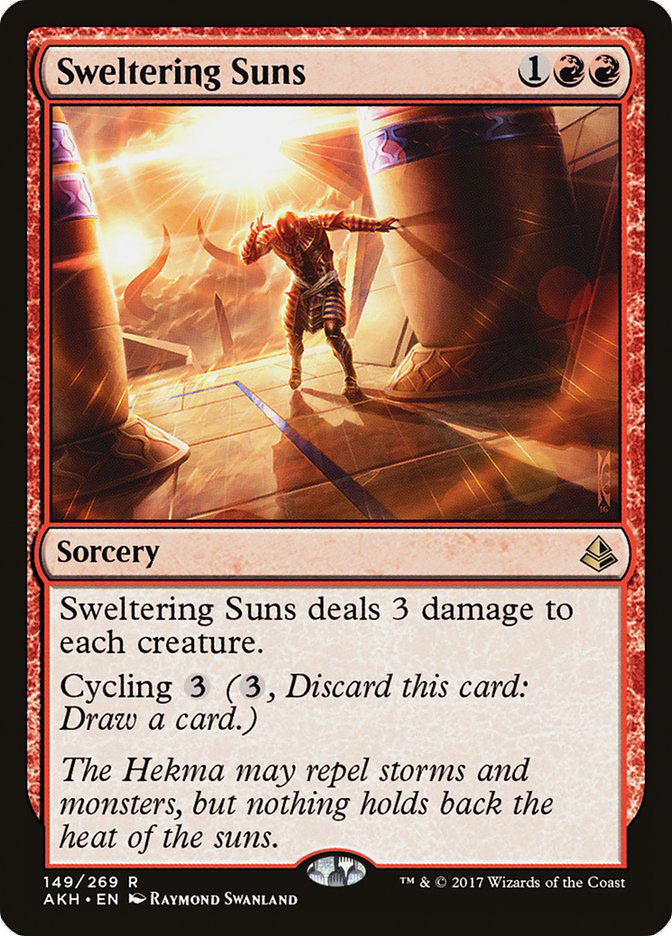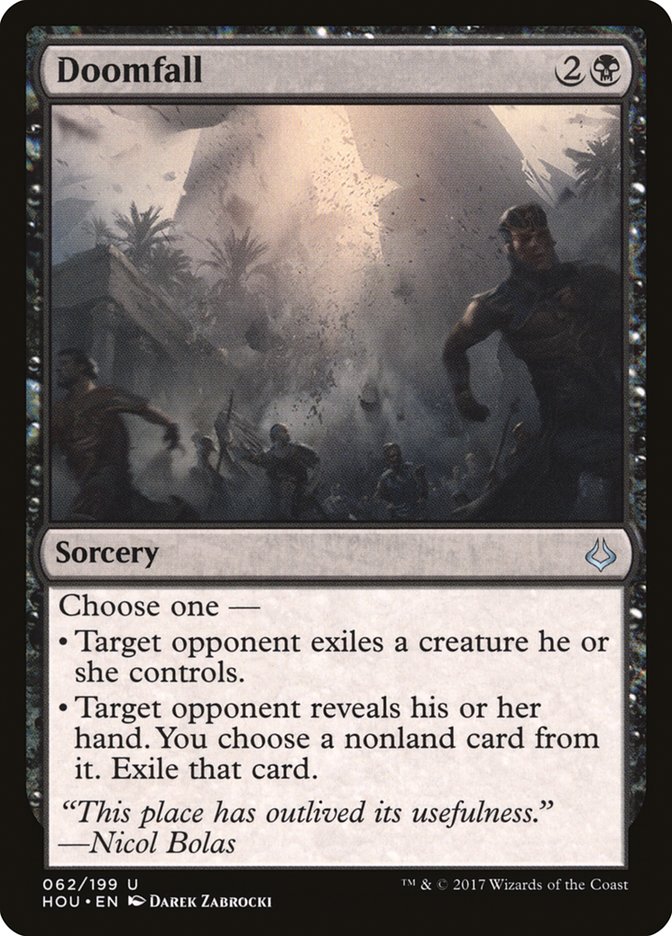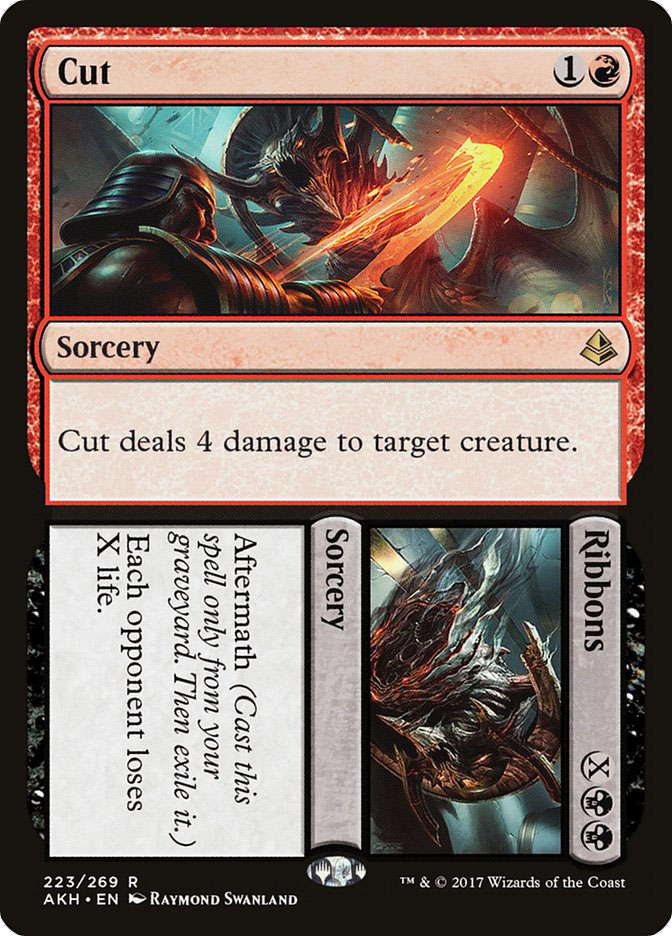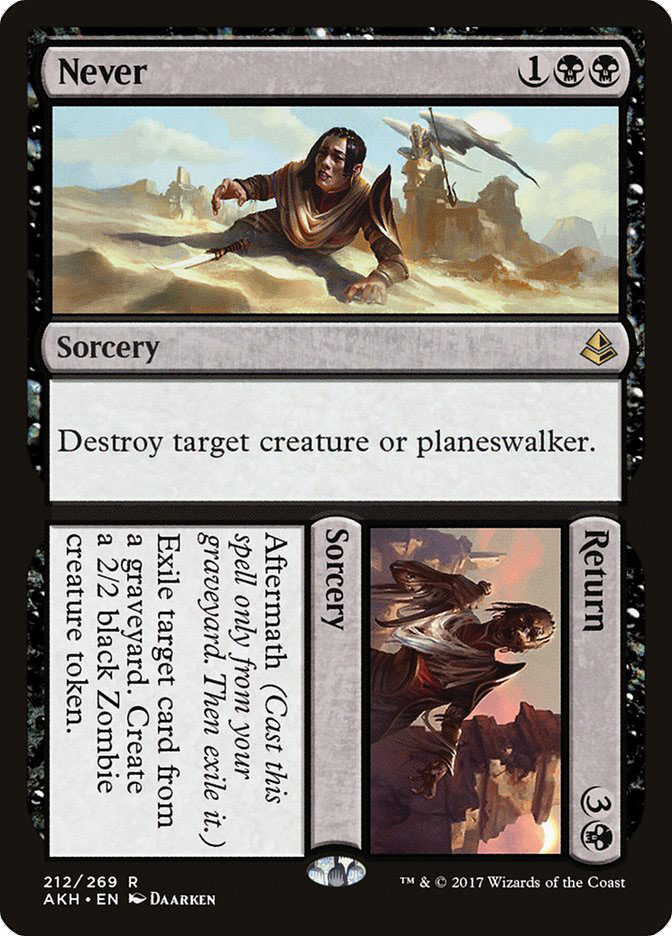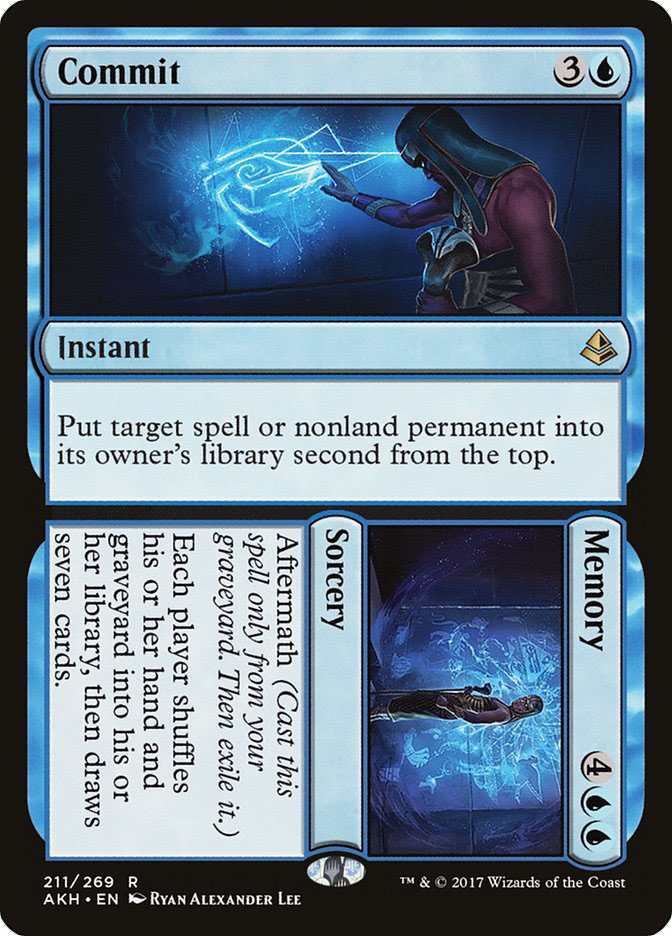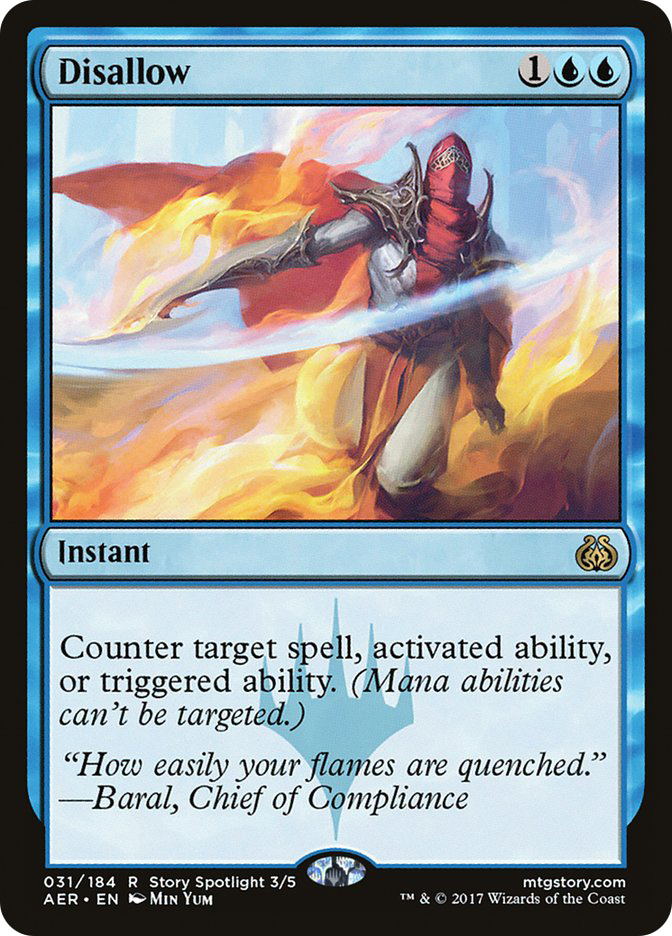Guilds of Ravnica
Standard is finally here. Right now, the format’s a blank slate. A month
from now, we’re going to have a ton of stories about what this
Standard is and what it’s not. “Selesnya Tokens is the best deck by a
mile.” “Goblin Chainwhirler is unplayable because mono-red just doesn’t
have the card quality to justify that many Mountains.” “Can you believe we
thought a five-mana 6/6 with no card advantage attached was going to be
playable?”
The first Guilds of Ravnica Standard stories are beginning to
form. Games of the format are being played right now as you read this
article, on Magic Online, MTG Arena, and the tables of players lucky enough
to complete their decks at the Prerelease. Give it a few more weeks and
we’ll have more narratives about the format than we know what to do with.
But as fate would have it, right now it’s today and not a few weeks from
today. These stories are forming, but they aren’t yet formed. What are
those of us who love stories and can’t wait, or those of us who want to
gain an edge in this fledgling Standard, to do?
Listen to the stories told by the cards themselves, of course. It’s not
just us Magic players that get to tell stories about formats. Accurate
translation can be tricky, but it’s more than worth it. The stories of the
cards are never wrong you see, if you get the translation right the stories
you hear will be true.
Interaction shapes formats, and the stories of the removal spells often
carry the most useful nuggets of information, and thus, are where I like to
start. Rotation is a tumultuous time, a true whirlwind with format-defining
pieces of removal leaving as new, untested weapons enter the fray. And in
the center of that whirlwind there’s the eye of the storm: the old format
removal we still have access to but might now use in different ways.
Here’s a spoiler: the underlying theme of these removal stories is choice.
Killing Small Creatures Is No Longer Free
Fatal Push is leaving.
There’s no other way to put this: Fatal Push has spoiled us. As a rule,
cheap removal spells are there to answer cheap creatures. You get what you
pay for, and if you want to be able to deal with a one-drop rush you must
play cards that won’t help you against an opponent looking to run you over
with a train of four- and five-drops. Fatal Push broke that rule into
pieces.
The front ‘half’ of Fatal Push is a very normal looking Magic card. Pay one
mana, kill something that cost at most two mana. An indispensable tool if
your opponent is playing a lot of cheap creatures, but likely to rot in
your hand if their curve is higher than that. Add in the back ‘half’ of
Fatal Push and you get an exceptionally strong anti-aggro card that still
holds it own in midrange slugfests. There’s a reason Fatal Push is
ubiquitous in Modern and has even broken into Legacy.
Because of Fatal Push, black decks last Standard didn’t have to choose
between withstanding an early onslaught and having game against those
looking to duke it out in the midgame. They got to do both, essentially for
free. In Guilds of Ravnica Standard, that will no longer be the
case. Here’s the new early-game removal spells looking to make an impact:
And here’s the important non-rotating early removal spells:
If you’re looking for a one-mana removal spell good against most one- and
two-drops, Dead Weight is your answer. If two mana is okay, then Moment of
Craving will give you a little more Magic for your mana. Cast Down is
fairly good against most early creatures, but rather unreliable in the mid-
to lategame where its limitation starts to become apparent. Walk the Plank
is the most flexible among the options but still not particularly
attractive due to its color intensity and sorcery speed.
Point being that black decks are no longer going to get to deal with cheap
creatures as a freeroll. The cards in Guilds of Ravnica Standard
cheap enough to answer them effectively don’t transition well into the
lategame. The question of how much respect to give cheap creatures will
have to be constantly considered in Guilds Standard.
Of course, black isn’t the only color where this shift is occurring.
Red is losing Abrade. Maybe that doesn’t seem like a big deal on the
surface, after all, Lightning Strike is still legal. Yes, Lightning Strike
is most of the removal spell that Abrade is, but not all. Just like with
Fatal Push, it’s the second half of Abrade that’s important here, the
ability to destroy artifacts. That mode took Abrade to the big leagues by
letting it transition effectively into the mid- to lategame.
Don’t worry, I hear your cries: “But Jadine, with Kaladesh leaving
the scary artifacts are gone too, so the second mode on Abrade wouldn’t
even be very good in Guilds Standard.” Well, you’re kind of
missing the point. Red decks last Standard got to use Abrade just like
black decks got to use Fatal Push: as a piece of excellent early game
removal that could also handle big threats in the lategame. They won’t have
that option in Guilds Standard, and the fact that they still
wouldn’t even if Abrade was still legal isn’t relevant.
Fumigate is the card white is losing that matters to this discussion. You
might be inclined to think that losing Fumigate doesn’t matter, as it’s not
like the format is going to be without a five-mana white sweeper:
Well, I’m here to tell you that it does matter. I’ve beat my head against
the Fumigate wall often enough to be quite sure that the life gain tacked
on to Fumigate is a big deal.
Look at it this way: five-mana sweepers are mid- to lategame effects. If
your opponent is a dedicated aggro deck, a five-mana sweeper is not the
tool you’re looking for. You’d be better off with some cheap removal or a
three-mana situational sweeper. A five-mana sweeper might come down in time
to check the hordes before you perish, but by that time the damage will
have been done and you’ll be unlikely to survive the follow-up. Unless that
five-mana sweeper is Fumigate, that is.
Fumigate lets white decks not pay as much attention to early aggression as
they would need to without it. Fumigate might not be for hyper
aggression, per se, but it does a lot to shore up weaknesses against it
thanks to the lifegain. Cleansing Nova would be much worse, but Fumigate
does okay. This ends up looking a lot like the Fatal Push effect, but in
reverse: the mid-game card white decks play also handles early game
creatures as a freeroll.
Fatal Push, Fumigate, or Abrade, the stories are all the same: previous
Standard was full of cards that let decks not make the hard decisions. They
didn’t have to decide whether they wanted to be good early and weak late or
vice-versa, there were plenty of cards that just handled both sides of the
coin beautifully. Guilds of Ravnica Standard doesn’t lack removal,
but it does lack removal that can play both ways. The need to pick the
battles you want to win is going to be a defining feature of Guilds Standard.
Removal or a Better Battlefield, Rarely Both
One of the big paradigm shifts coming in Guilds of Ravnica
Standard is that your battlefield attacks and your removal spells interact,
and that the crossover between those two roles is largely limited to the
combat step. This was not the case last Standard:
In the realm of imposing battlefield monstrosity that doubles as reliable
and powerful removal, Glorybringer is the gold standard. But I don’t need
to tell you about Glorybringer, the card has been at the top tables of
Standard more or less since it was printed in Amonkhet.
A lot has been said about the value of Glorybringer. It’s a hasty Dragon
that immediately eats a creature, the value is obvious. Haste means that
it’s difficult to be ready for Glorybringer and stop it from getting its
first attack in, making the card much more powerful. Put another way, haste
means that the removal spell portion of Glorybringer is more reliable,
which is the aspect I’m interested in right now.
When Glorybringer is in your deck, you can skimp on true removal. It’s a
source of incidental removal, and that’s incredibly valuable. You would
never register a five-mana deal four damage spell in your Constructed deck,
but the fact that you would never register it doesn’t mean such a card
would have zero value if your “friend” snuck it into your decklist
at the last minute. Glorybringer isn’t there to be a pinpoint removal
spell, but that doesn’t fill that role anyway. With Glorybringer, you can
play an incredibly proactive deck and still not lack interaction. You don’t
have to choose between being proactive and being able to interact, you get
to do both.
Chandra, Torch of Defiance is another rotating card in the Glorybringer
line: proactive, with the ability to interact thrown in. Chandra doesn’t
get to do both at the same time like Glorybringer does, but she’s still a
potent threat that increases your deck’s interactive potential at the same
time.
Walking Ballista and Skysovereign, Consul Flagship both saw a pronounced
drop in popularity as last Standard waned, but both were at one point or
another powerful examples of threats that doubled as removal spells. When
your opponent’s battlefield is empty, a lategame Walking Ballista is a huge
threat. When their battlefield is full, it’s a great sweeper. Skysovereign
works a lot like Glorybringer, interacting and attacking at the same time.
These cards were scary threats that could also be your entire plan for
interacting with a certain class of threats and having access to cards like
that warped decks.
Point is, old Standard was chock-full of threats that also let you
interact. There will be no replacements for them in Guilds
Standard.
You may be tempted to consider Ravenous Chupacabra as a card that fits in
the category of threats that interact, but I would urge you to reconsider.
Chupacabra has the interaction part on lock, but I don’t really count a 2/2
as a “threat.” Thus, Chupacabra is a removal spell with a little upside,
not a premier threat that also gets to interact.
There are still plenty of planeswalkers in Standard, and many of them work
like Chandra, Torch of Defiance. Teferi, Hero of Dominaria is absolutely a
great threat that also works as removal, and while no other planeswalker is
as good as Teferi, some still fulfill the same role. The issue for me is
that they all cost more than Chandra, while still not being able to
interact while being threatening like Glorybringer. They meet the
requirements of the threat class I’m talking about but are a lot heavier on
threat than removal and do less to add to a deck’s interaction potential.
Dream Eater is the one exception. Dream Eater is absolutely a
threat that interacts. Sure, bounce is worse than outright destruction, but
Dream Eater isn’t limited to dealing with only creatures. We’ll call that a
wash and hone in, instead, on the fact that Dream Eater costs six mana.
Just like with the more expensive planeswalkers, the extra mana makes Dream
Eater less reliable in its interactive role and thus, decreases its ability
to contribute to a deck’s interactive potential. It’s still a very good and
very powerful card.
Overall, Guilds Standard is going to be much lighter on the cards
with dual citizenship in the premier threat and solid removal realms. This
means decks will have to decide how many threats they want to play and how
much removal they want to play and will effectively have to play less total
between them. Offensive and defensive power will no longer be married in
midrange decks.
A Whole Host Of Other Choices, Besides
Rapid-fire now.
Amonkhet
block is rotating, and that means the cycle mechanic is leaving Standard.
There weren’t a lot of interactive spells with cycle, but the ones
there were will be sorely missed. Cast Out’s the big one as it was widely
played, but Censor also saw plenty of play at various points in time.
Once again, this is about choice. Cycling was a way to play more removal
spells in your deck than you might otherwise want to, since you could
always cycle away copies you didn’t need in-game. This gave you the
flexibility to be interactive when you needed to and proactive when you
didn’t. Yet another loss with no clear replacement that is going to force
deckbuilders to think long and hard about their removal needs.
Not quite cycling, but not that far away from it, either. Supreme Will,
Doomfall, and Cut are all removal spells that do something else besides.
Supreme Will can Impulse, Doomfall can Thoughtseize, and Ribbons can just
end the game on the spot. These are valuable effects that make decks much
more versatile than they would be with equivalent ‘pure’ removal spells.
Just like cycling, the overall effect of these cards is to let deck
builders include more removal spells than they otherwise would be able to,
since these cards don’t have to be removal spells if they don’t need to be.
When removal spells are just removal spells, including them is
harder. Balancing the need to interact with the need to force your opponent
to interact is tricky and made much harder when cards don’t do both.
Now, to be fair, the gap left by these cards will be somewhat filled by the
new split cards coming in Guilds of Ravnica. This will reduce the
severity of the effect, but my take is it won’t eliminate it altogether.
The split cards just aren’t as general purpose as these cards, and the fact
that the two sides cost different amounts means that when you find yourself
in a situation where one half is no good, you may still be unable to get
anything out of the other half because of the higher mana cost. Supreme
Will and Doomfall don’t have that problem.
The thing these cards have in common is their flexibility. Specifically,
their ability to handle planeswalkers in some form or fashion. Never and
Commit are self-explanatory, but I’m actually talking about the counter
target activated or triggered ability mode on Disallow, not the counter
target spell portion. After all, Sinister Sabotage will go a long way
towards filling the gap left by the rotation of Disallow, but one thing
Sinister Sabotage can’t do is manage a planeswalker already on the
battlefield.
We’re losing these commonly played cards that can answer planeswalkers on
the battlefield, and we’re not really gaining any replacements. Vraska’s
Contempt and Blink of an Eye are still legal, so black and blue decks in
the format won’t be without spell-based answers to planeswalkers, but they
will be harder to find. Notably, the loss of Cast Out contributes to this
as well, although mitigated dramatically by the printing of Conclave
Tribunal.
How does this relate to choice? Well, an increased difficulty in dealing
with planeswalkers with spells is a big incentive to have battlefields
capable of dealing with them through the combat step. At the same time that
playing removal spells becomes less free, the need to have a battlefield
that can attack planeswalkers is increasing. These are two different
effects acting in the same direction: play less removal in your creature
decks.
Ramifications
Long stories short, building decks in Guilds of Ravnica Standard
is going to require some careful thought about the kind and quantity of
removal you want to play. Gone are the days when interacting came easy, now
we will have to make difficult choices.
I keep reiterating that deck building in Guilds Standard will
involve difficult choices regarding removal, but please don’t get the idea
that making those decisions correctly will result in decks with the same
capabilities that we’ve become accustomed to. There’s no Fatal Push
replacement. There’s no Glorybringer replacement. There’s no Cast Out
replacement. We no longer get to have our cake and eat it too, we’re going
to have to pick if we want to be able to reliably answer early aggression,
we’re going to have to decide what balance of interaction and being
proactive we want to strike, and something will have to give.
Predicting how this will affect the shape of Guilds Standard isn’t
an exact science, but I’ve reached two main conclusions: decks in the
format will be more distinct than they were before and the metagame of the
format will be more cyclical in nature.
Decks being more distinct is largely a consequence of removal spells in Guilds Standard being removal spells and nothing more. They can’t
be tied to threats, they can’t cycle, few of them will be modal. When you
put a removal spell in your deck, you’re going to use it to interact with
your opponent and that’s the end of the story.
When everything’s a removal spell, midrange rules the roost. It’s no
accident that the premier threat/removal cards, Chandra, Torch of Defiance
and Glorybringer, were both red and that Rakdos Aggro was the best deck in
the last Standard. Midrange thrives on playing as many removal spells as it
can while still presenting a meaningful battlefield. Without freeroll
removal spells, the midrange hodgepodge format cannot exist.
The metagame being cyclical is a result of the removal being narrow. The
loss of Fatal Push and its contemporaries makes decks choose between
removal good at handling early aggression and removal good at handling
threats of a greater size, and the fact that they must make that choice
means they will be weak to one or the other.
The tools do exist in the format to handle both, but decks can’t do both at
the same time. This is the recipe for a cyclical format. Aggro wins one
week, so everyone tailors their decks to be able to beat aggro and opens up
a hole that bigger decks exploit. Now midrange is king, and people get
ready to beat that. The cycle continues on, all because decks can no longer
handle everything at once.



